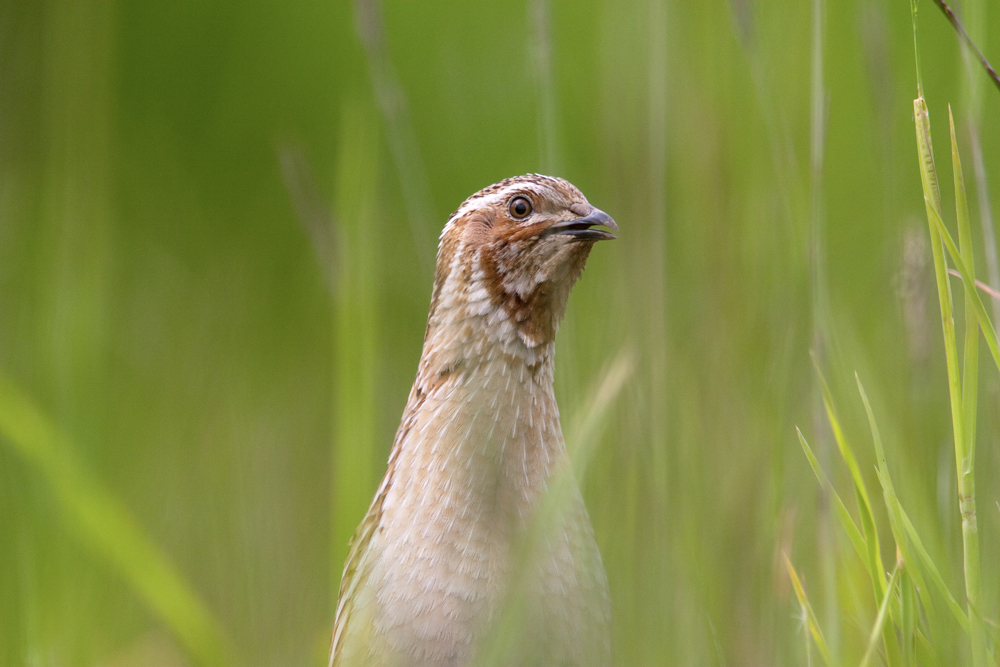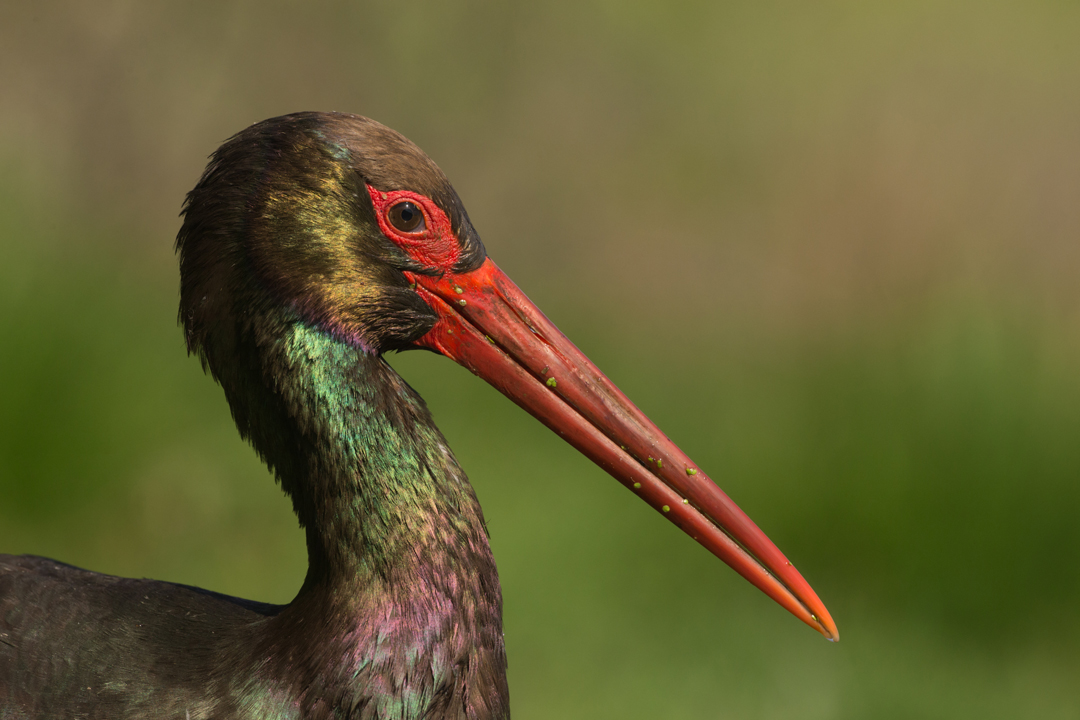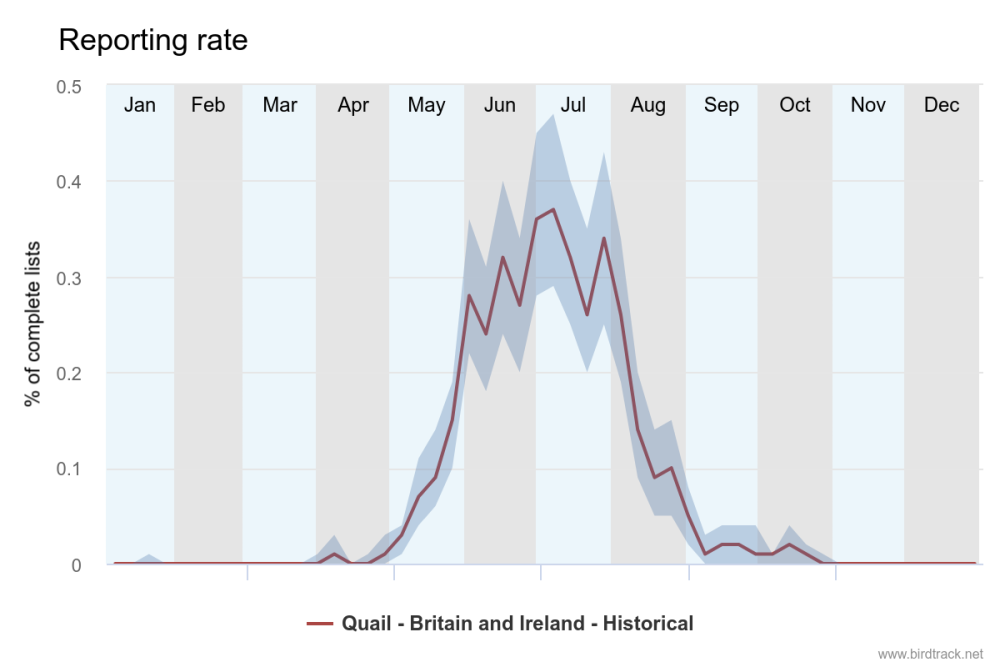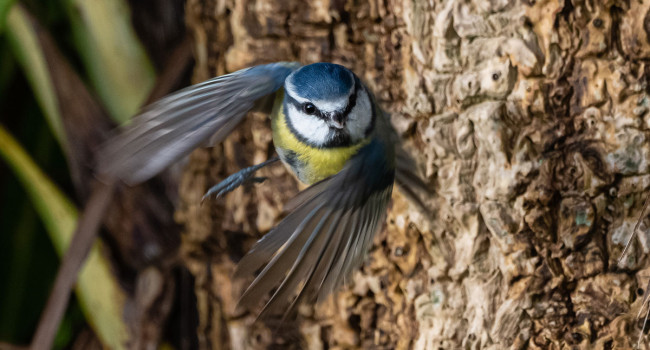
BirdTrack migration blog (31 May–7 June)
One of my highlights over the last couple of days has been the sight of a rather late Black Stork. It might have been a non-breeding bird moving north to explore future breeding sites, or an individual that has already made a breeding attempt but failed.
In either case, it makes sense to move north into cooler conditions where there is still an abundance of food. It has already become very hot and dry here in central Portugal and, as a result, insect and amphibian food will be harder to come by.
A westerly airflow is going to be dominant over the coming week, although for the first few days it will be relatively light and from the north-west. Any birds that are still heading north shouldn’t find this too much of a problem.
One bird that often doesn’t arrive on its British breeding grounds until now is the Quail and the BirdTrack historical reporting rate graph shows this late arrival well. Quail is an interesting species, and one that is thought to make two breeding attempts each year: one in southern Europe and another further north later in the spring/early summer.
Whilst this might seem rather unusual it is not unprecedented. For example, some British-breeding Dunlin will have two breeding attempts, one in Britain and another in the Arctic. Recent BTO Short-eared Owl research shows a breeding attempt in Scotland followed by another in Norway.
There will already be some birds beginning their southerly ‘autumn’ migration. Some BTO satellite-tagged Cuckoos will have undertaken the first leg of their long journey south during early June, having been on their breeding grounds for as little as six weeks. The westerly/north-westerly winds during the next week will favour any birds heading south.
So, while it may seem that spring migration is almost over, it is a little premature to say so just yet. Non-breeding birds, failed breeders and a few dispersing youngsters from successful early broods may all move north during the next week.
Using the Black Stork over our land as an example, this bird could possibly continue moving north and find itself in Britain. In fact, early June is often the time when extremely rare birds are found in Britain. There have, for example, been five June records for Pacific Swift and it is probably the best time to look out for White-throated Needletail, possibly one of the most sought-after June rarities.
Send us your records with BirdTrack
Help us track the departures and arrivals of migrating birds by submitting your sightings to BirdTrack.
It’s quick and easy, and signing up to BirdTrack also allows you to explore trends, reports and recent records in your area.
Find out more










Share this page